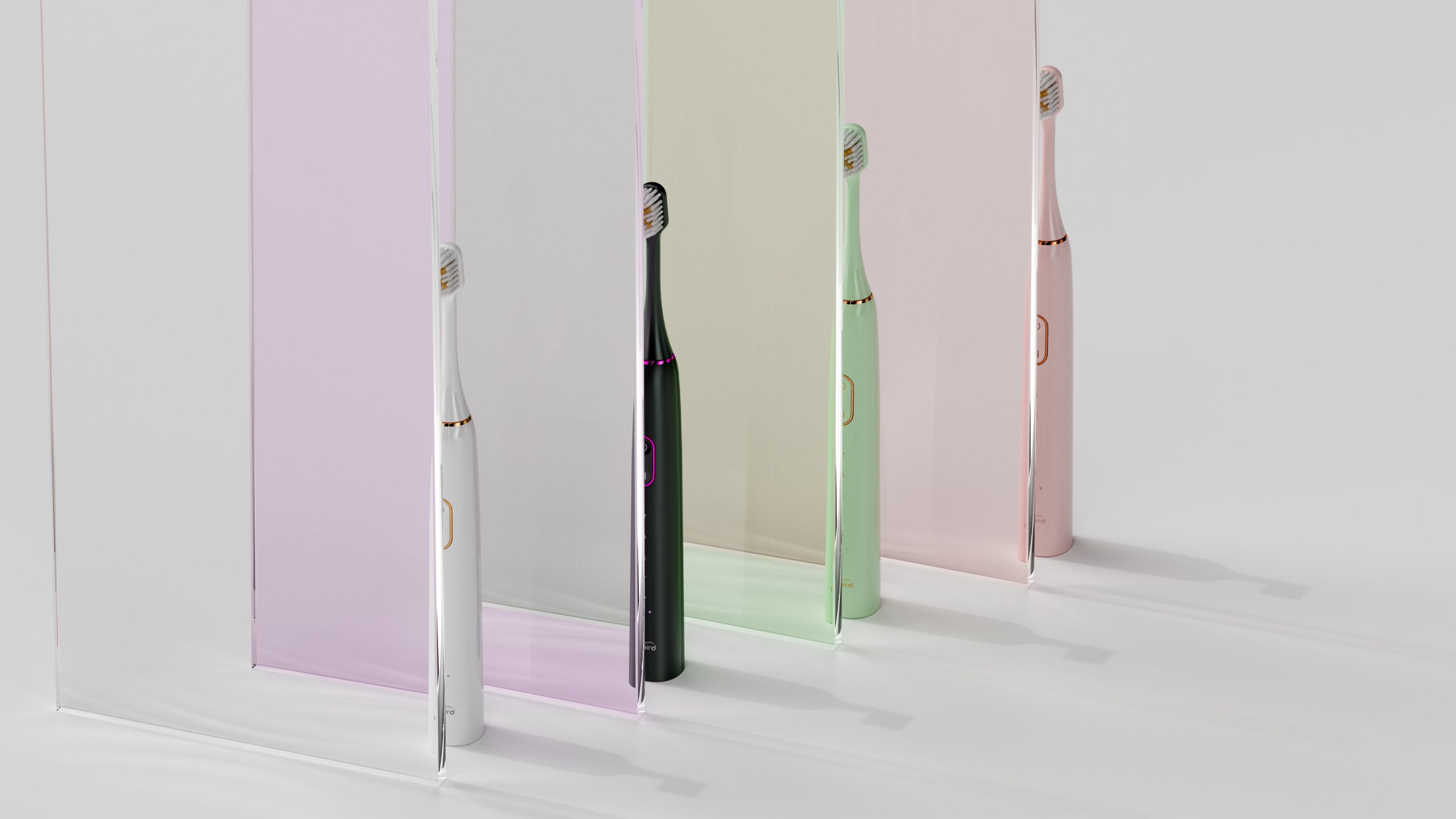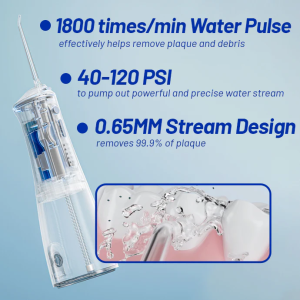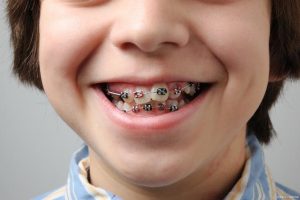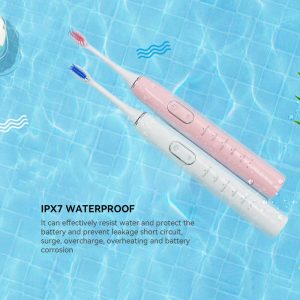As oral care specialists, we’re often asked about proper toothbrush replacement protocols after illness. The answer isn’t one-size-fits-all – it depends on the type of infection and your oral care products. Here’s what manufacturers and dental professionals need to know.
1. The Golden Rule: Bacterial vs. Viral Infections
“Bacterial infection requires immediate replacement of toothbrush” – this is non-negotiable. Pathogens like strep can survive on brush heads and potentially cause reinfection. However, “don’t have to change your toothbrush immediately if you are infected with the virus” like the common cold, as most viruses don’t survive long on brush surfaces.
2. Common Cold Considerations
After a “Common cold”:
Viruses typically remain viable on toothbrushes for <24 hours
The immune system develops antibodies making reinfection unlikely
Proper storage (upright, dry location) minimizes risks
Replacement is more about personal preference than medical necessity.
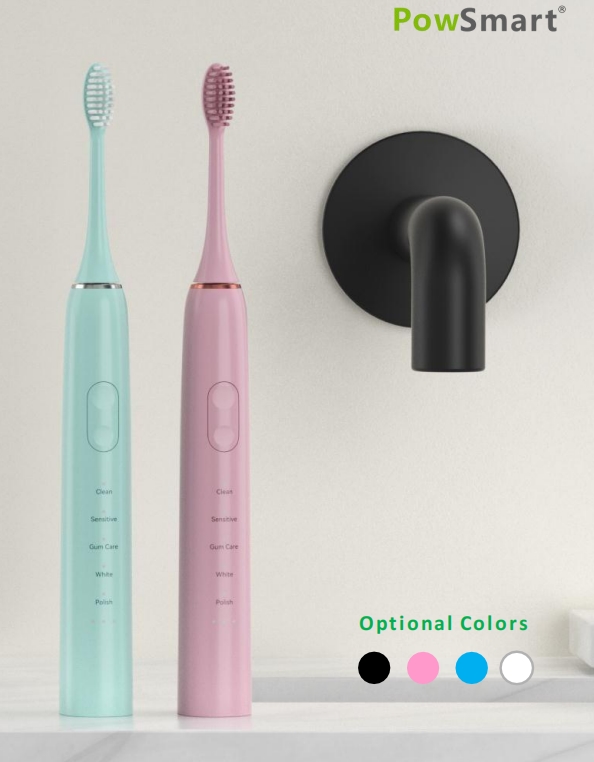
3. High-Risk Oral Diseases Demand Replacement
For certain “Oral Diseases”:
Oral thrush (fungal) – replace immediately
Herpes outbreaks – replace after healing
Periodontal infections – replace after treatment
These pathogens can persist and potentially spread to others.
4. Maintaining Good Care of Oral Hygiene
Regardless of illness, “good care of oral hygiene” includes:
Replacing manual brushes every 3 months
Changing electric toothbrush heads every 2-3 months
Weekly deep cleaning of brush heads (soak in antibacterial mouthwash)
Proper air-drying between uses
5. Electric Toothbrush Advantages
Modern “electric toothbrush” systems offer hygiene benefits:
Many have antimicrobial brush head materials
Easier to clean thoroughly than manual brushes
Some premium models even have replacement reminders based on usage.
6. When in Doubt, Replace
We recommend erring on the side of caution:
If brush shows visible wear
After any contagious illness
When immune system is compromised
The small cost of replacement outweighs potential risks.
Professional Recommendation:
For dental practices and manufacturers, we suggest:
- Clear labeling about replacement guidelines
- Multi-pack brush head options for easy rotation
- Educational materials about post-illness care
Our OEM toothbrush heads feature:
- Color-coding for user identification
- Antimicrobial bristle technology
- Eco-friendly replacement programs
By understanding these distinctions – between “Bacterial infection requires immediate replacement of toothbrush” and situations where you “don’t have to change your toothbrush immediately if you are infected with the virus” – professionals can give better advice and develop superior products. https://www.powsmart.com/
